From the physics of the problem we know that the heat exchanger can be described by a first order system with delay. D Matrix may be stationary or rotating.
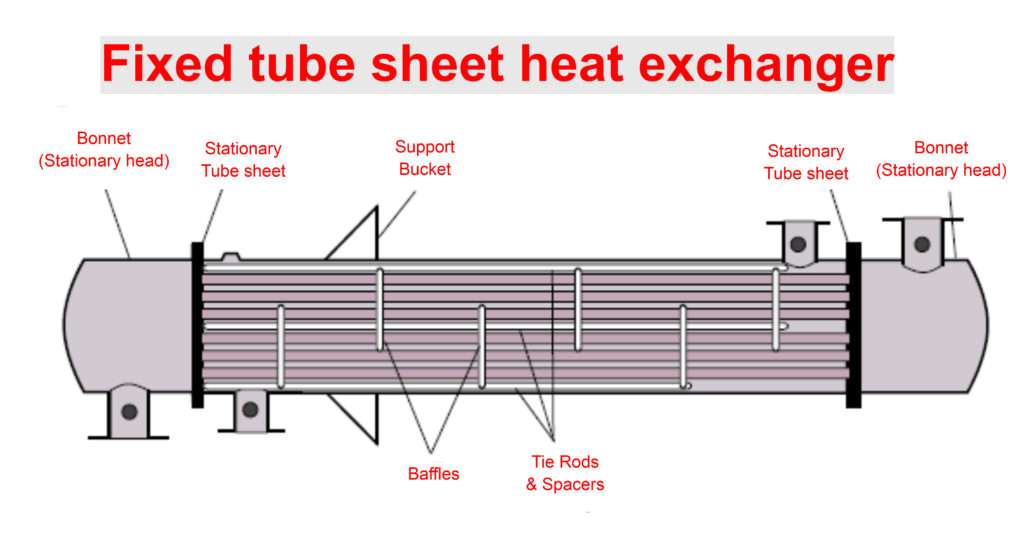
Fixed Tube Sheet Heat Exchanger Chemical Engineering World
These parts can vary in detail depending on the type of heat exchanger and its performance.
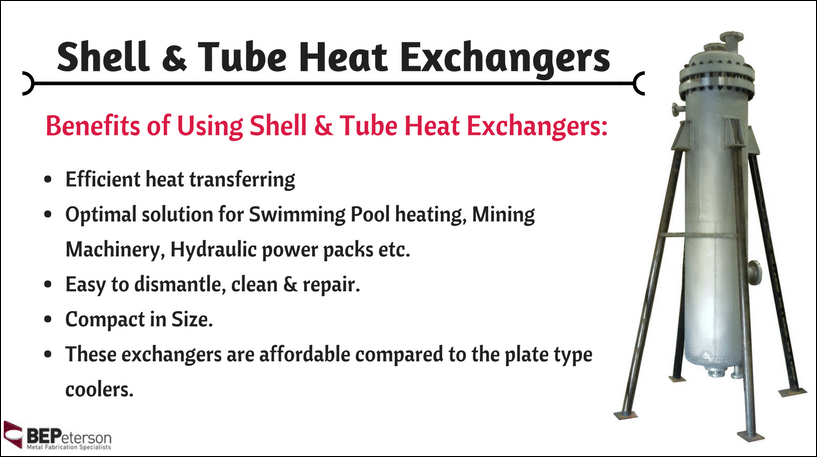
. The heating period and cooling period constitute 1 one cycle. A heat exchanger for a furnace is a thin metal shield that sends hot air out of the furnace into the living space of your house through air ducts. Heat exchanger is a device that uses as transfer the thermal energy between a liquid surface and solid surface or between two or more than two fluids.
Heat exchangers are required for. Essentially this involves nature always striving for a balance or equilibrium - in this case of the heat. The functions of each part of plate heat exchanger are as follows.
This is usually accomplished by using a set of tubes housed within some type of casing. HVAC Refrigeration Electrician Training School Refrigeration. Ad Authorized Distributor of Over 8 Million Electronic Components.
Thermal radiation is a mechanism of heat energy transfer that involves the emission of electromagnetic waves from a heated surface or object. In this article Heat exchanger function will be summarize. The gas jets cool down and the water heats upA heat exchanger is a device that allows heat from a fluid a liquid or a gas to pass to a second fluid another liquid or gas without the two fluids having to mix together or come into.
Heat exchangers are integral parts of fuel cell systems for thermal management functions related to heating of incoming gas streams exchange of heat from various flow streams and maintenance of the uniformity of temperature. The principle of the heat exchanger is relatively simple. The air blows across its surface on the other side heating the breathable air quickly while the chamber heats the exchanger with flue gases.
The function of the condenser is to cool the objects until there is a phase change from. But the purpose of arranging heat exchanger parts is to form industrial equipment to perform the task of cooling or heating in. The hot fluid cools down and the cold fluid warms up without them actually coming into contact and.
Unlike traditional heat exchangers the plate type is preferred because the liquid is dispersed on more surfaces thereby increasing the exchange rate. Mahapatra Prabhakar Singh in Future Energy Second Edition 2014 2424 Heat Exchanger. How a simple heat exchanger works.
The plate heat exchanger is a mobile device. Heat exchanger fans condensers belts coolants additional tubes and lines along with. SysTF tfest data10nan sysTF From input Delta CTemp to output Delta PTemp.
A shell and tube heat exchanger passes fluids through and over tubes where as an air cooled heat exchanger passes cool air through a core of fins to cool a liquid. A heat exchanger is a system used to transfer heat between two or more fluidsHeat exchangers are used in both cooling and heating processes. Heat exchanger tubes are made in diameters of about 58 inch between 34 inch or 1 inch.
The heat exchanger is an important and common industrial device. Heat transfer between metal plates. Online monitoring of commercial heat exchangers is done by tracking the overall heat transfer coefficient because the overall heat transfer coefficient tends to decline over time due to foulingFouling is the accumulation of unwanted material on solid surfaces to the detriment of function.
It makes use of a simple physical law of nature from the field of entropy. 1467 exp -00483. C Solid storage medium is called matrix.
Heat is exchanged by the fluids. Heat transfer plate Heat transfer plate is the most important element of heat exchanger which is usually corrugated. The basic component of a heat exchanger can be viewed as a tube with one fluid running through it and another fluid flowing by on the outside.
Online monitoring of commercial heat exchangers is done by tracking the overall heat transfer coefficient because the overall heat transfer coefficient tends to decline over time due to foulingFouling is the accumulation of unwanted material on solid surfaces to the detriment of function. The general function of a heat exchanger is to transfer heat from one fluid to another. Get the Job Done With the Most Dedicated Team Around.
The above content is a detailed introduction to. If boiling water is mixed with cold water the result is a temperature in the middle range. The fouling materials can consist of either living organisms or a non.
Storage type heat exchanger. Therefore it is necessary to know the structure and the parts of heat exchanger. The fluids may be separated by a solid wall to prevent mixing or they may be in direct contact.
Heat is transferred by conduction through the exchanger materials which separate the mediums being used. B Heat transfer fluid can be a liquid phase changing non-phase changing. A Periodic heat transfer-conduction.
7 Heat Exchanger Function is listed below Cooler. The convective heat transfer coefficient h c is a function of the properties of the fluid similar to the thermal conductivity of the material mentioned earlier regarding conduction. A hot fluid shown in red flows through a tube coiled inside a larger shell through which another colder fluid shown in blue is running in the opposite direction.
Also asked what is the function of a heat exchanger. The fouling materials can consist of either living organisms or a non. One thing that all heat exchangers have in common is that they all function to directly or indirectly expose a warmer medium to a cooler medium hence exchanging heat.
There are thus three heat transfer operations that need to be. Use the tfest command specifying one pole no zeroes and an unknown inputoutput delay to estimate a transfer function. Tube sheets are helpful in supporting and separating the tubes.
This warm air is then spread around the house or building. The structure of plate heat exchanger is mainly composed of heat transfer plate sealing gasket pressing plate at both ends clamping bolt bracket etc. The metal tubes of the heat exchanger are used to heat the fluid.
The tubes are attached to the tube sheet by hydraulic pressure or roller expansion. They are widely used in space heating refrigeration air conditioning power stations chemical plants petrochemical plants petroleum. Click to see full answer.
This arrangement is what we mean by a heat exchanger.
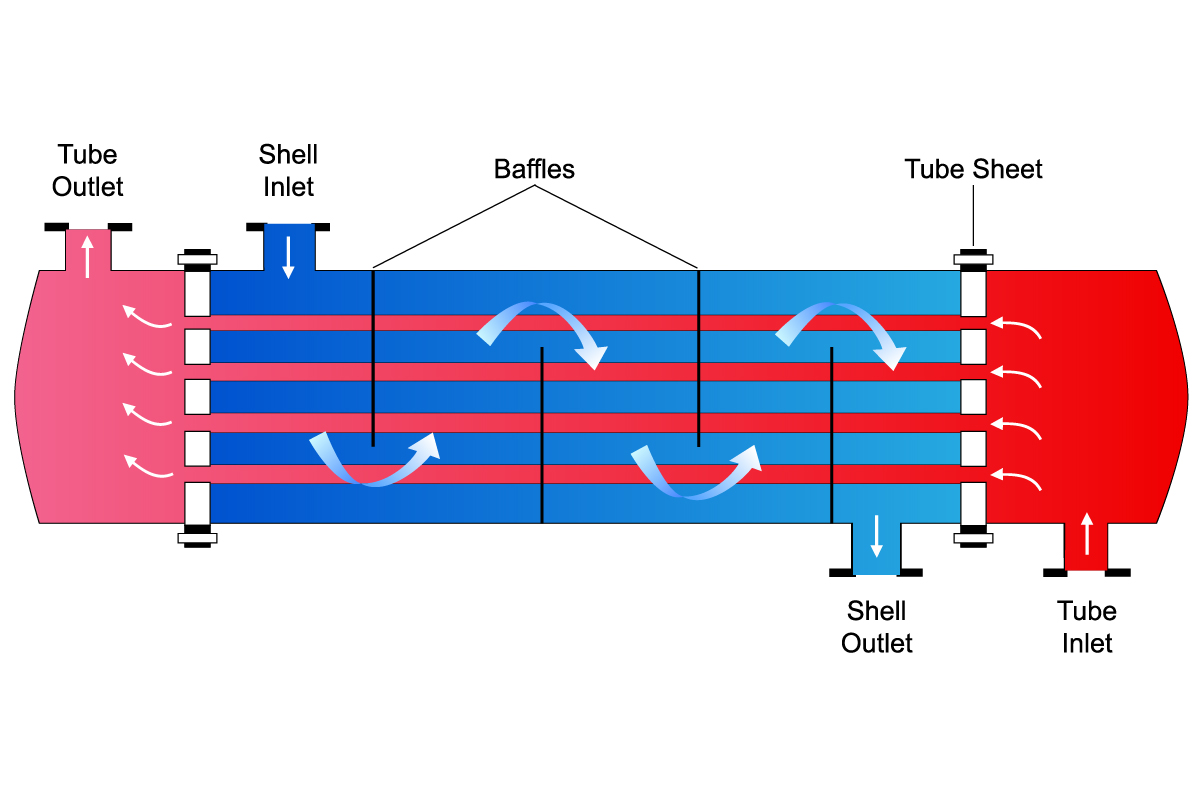
Shell Tube Heat Exchanger What Is It And What Is His Purpose

4 A Shell And Tube Heat Exchanger One Shell Pass And One Tube Pass 2 Download Scientific Diagram
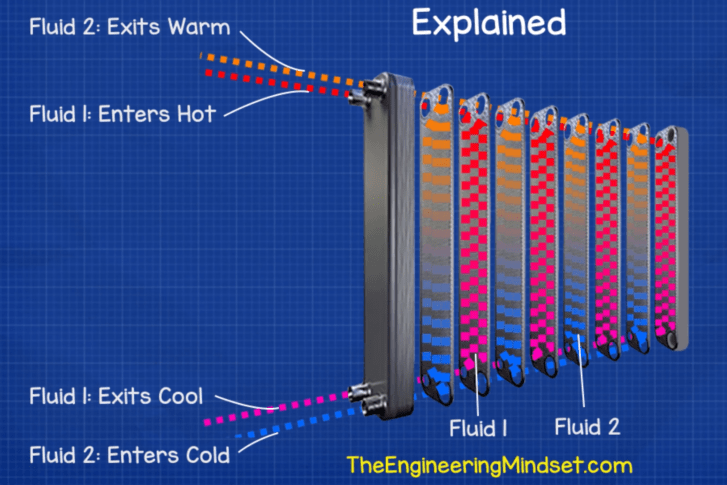
Micro Plate Heat Exchangers The Engineering Mindset

Solved Heat Exchangers Explain The Function Of Heat Chegg Com
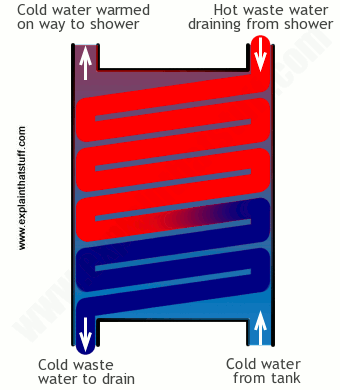
How Do Heat Exchangers Work Explain That Stuff
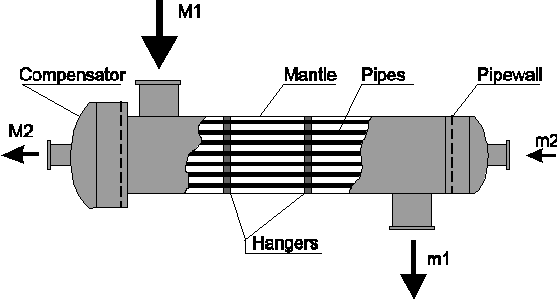
Case Studies In Triz A Novel Heat Exchanger Use Of Function Analysis Modelling To Find And Eliminate Contradictions
Introduction Definition Heat Exchangers Are Devices That Transfer
Significance Of Heat Exchanger

Understanding Heat Exchangers Types Designs Applications And Selection Guide

Plate Heat Exchanger How It Works Working Principle Hvac Industrial Engineering Phx Heat Transfer Youtube
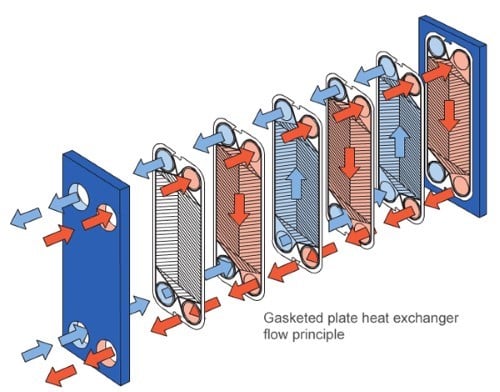
How Plate Heat Exchanger Work Alfa Laval

Shell Tube Heat Exchanger Pressure Drop Enggcyclopedia

Heat Exchanger Energy Conversion Britannica
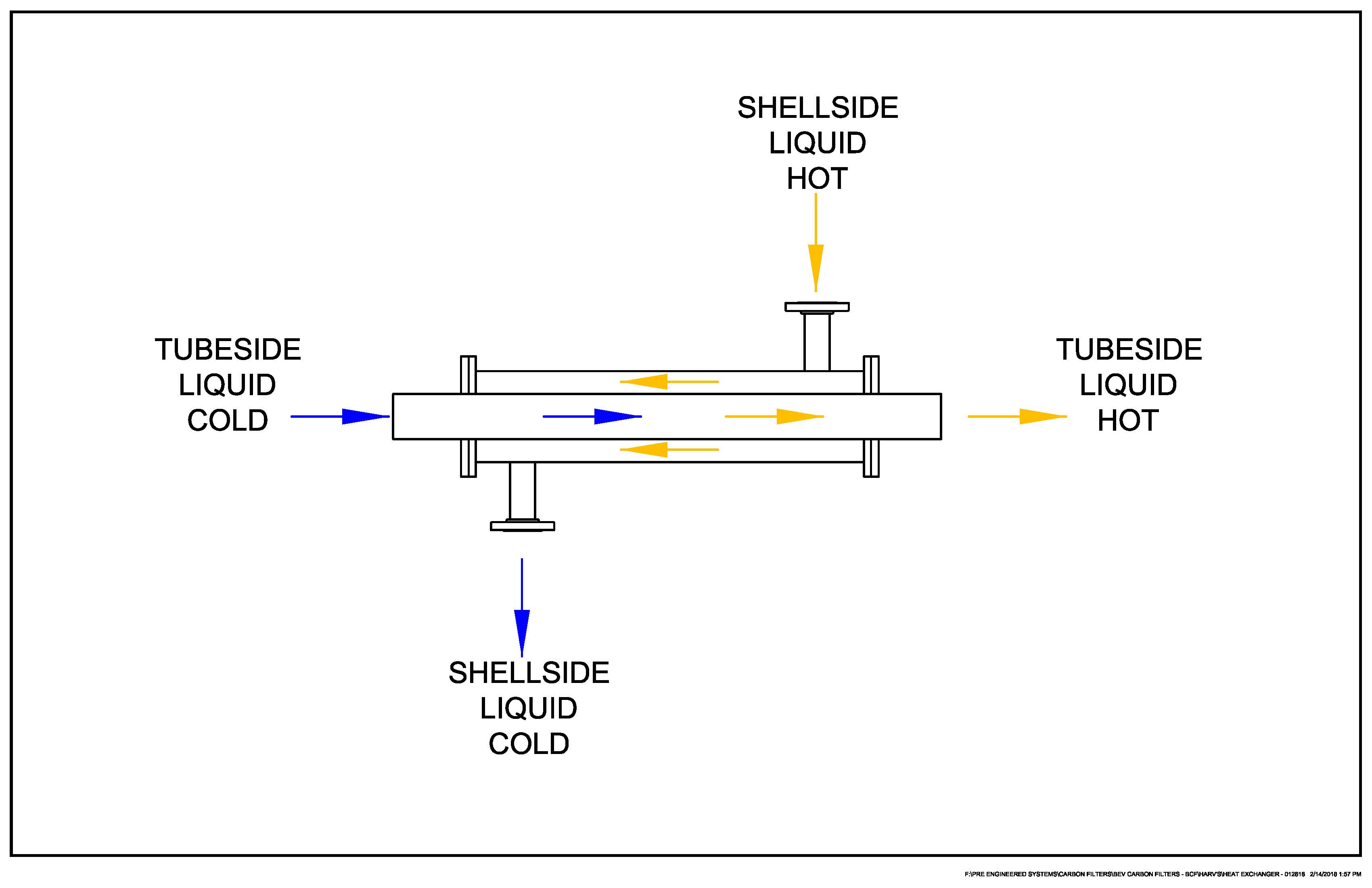
Heat Exchangers For Water Purification Processes Pureflow

Baffles In Heat Exchangers Webbusterz Engineering

Everything You Need To Know About Shell And Tube Heat Exchangers Bepeterson
Automotive Heat Exchangers Thermal Systems
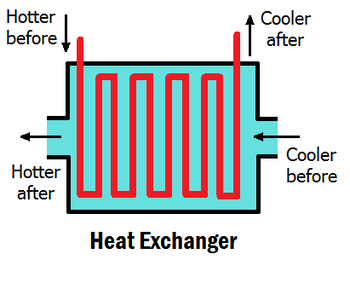
Heat Exchanger Energy Education


